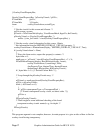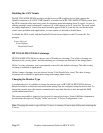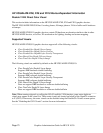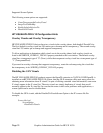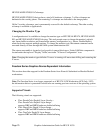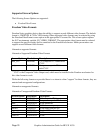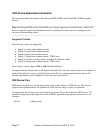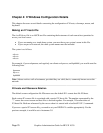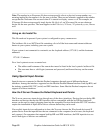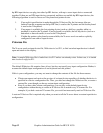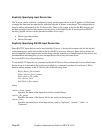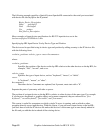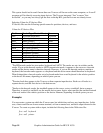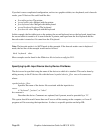Chapter 4: X Windows Configuration Details
This chapter discusses several details concerning the configuration of X hosts, colormaps, mouse, and
keyboard.
Making an X*.hosts File
The /etc/X0.hosts file is an ASCII text file containing the hostnames of each remote host permitted to
access your local server.
• If you are running as a stand-alone system, you must have your system's name in this file.
• If you are part of a network, the other system names must be included.
The syntax is as follows:
<host>
<host>
<host>
For example, if you are hpaaaaa, and regularly ran clients on hpccccc, and hpddddd, you would want the
following lines.
hpaaaaa
hpccccc
hpddddd
____________________________________________________________________________________
Note: Aliases work as well as hostnames, provided they are valid, that is, commonly known across the
network.
____________________________________________________________________________________
X0.hosts and X0screens Relation
The default screen configuration file X0screens uses the default X11 remote host file X0.hosts.
Each custom X*screens file is associated with a special X*.hosts file. The number represented by the
"*" causes the correct screen and host files to be used together. For example, X3screens takes an
X3.hosts file. Both are referenced by the server when it is started with a /usr/bin/X11/X :3 command.
If you use a special X*screens file, you need to set your DISPLAY variable appropriately. For the
previous example, it would be set to hostname:3.0.
Graphics Administration Guide for HP-UX 10.20
Page 79



